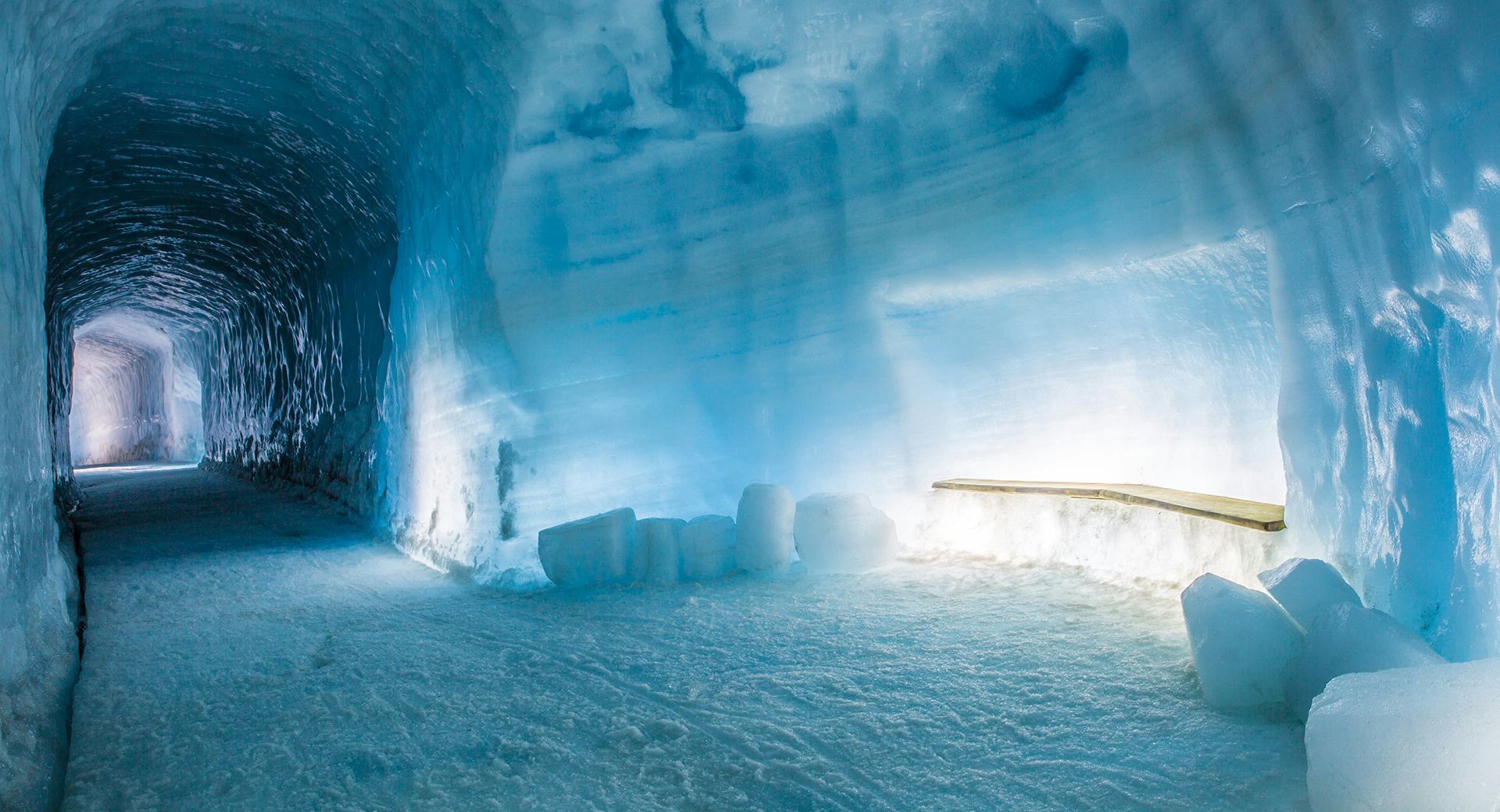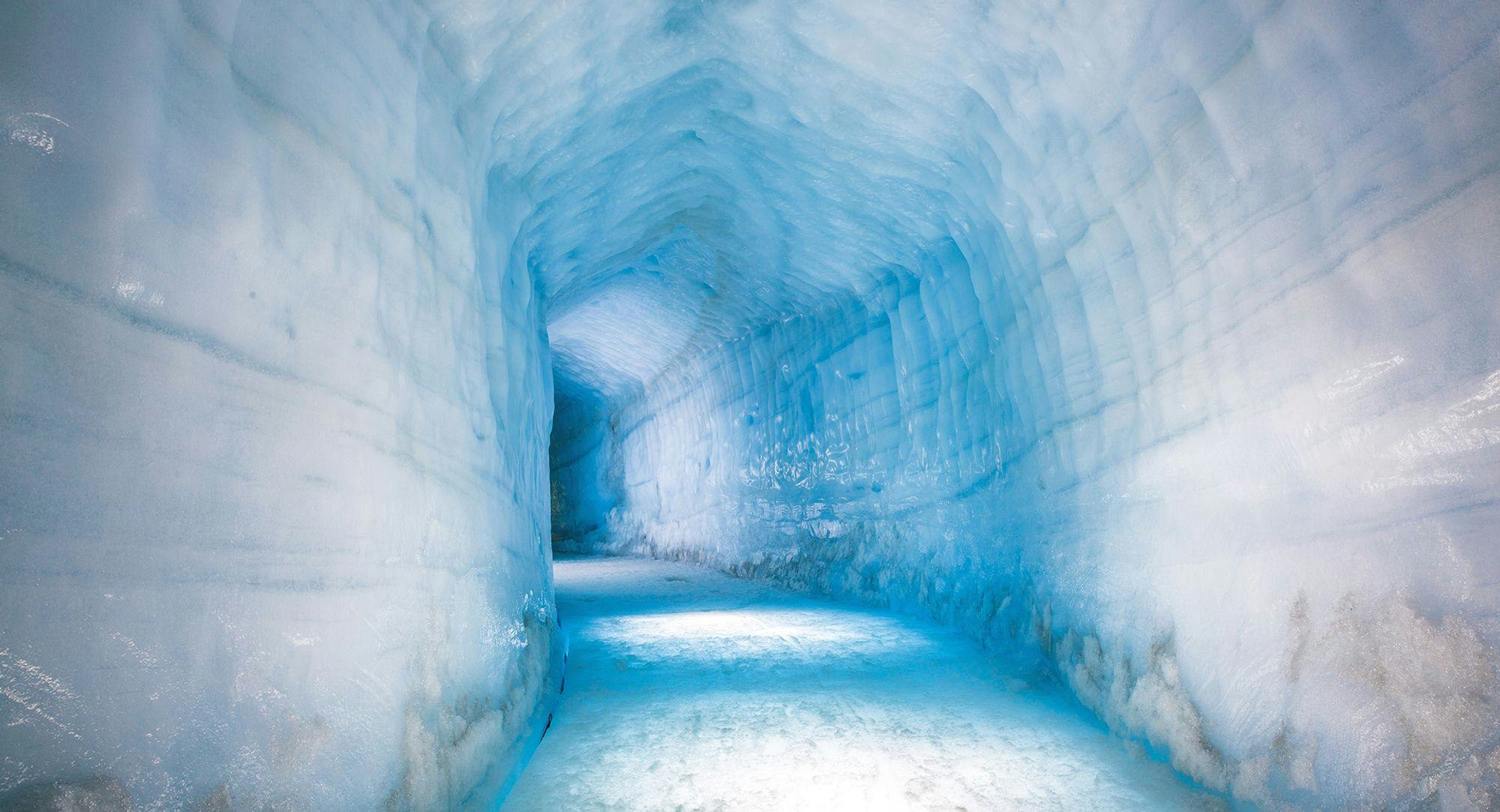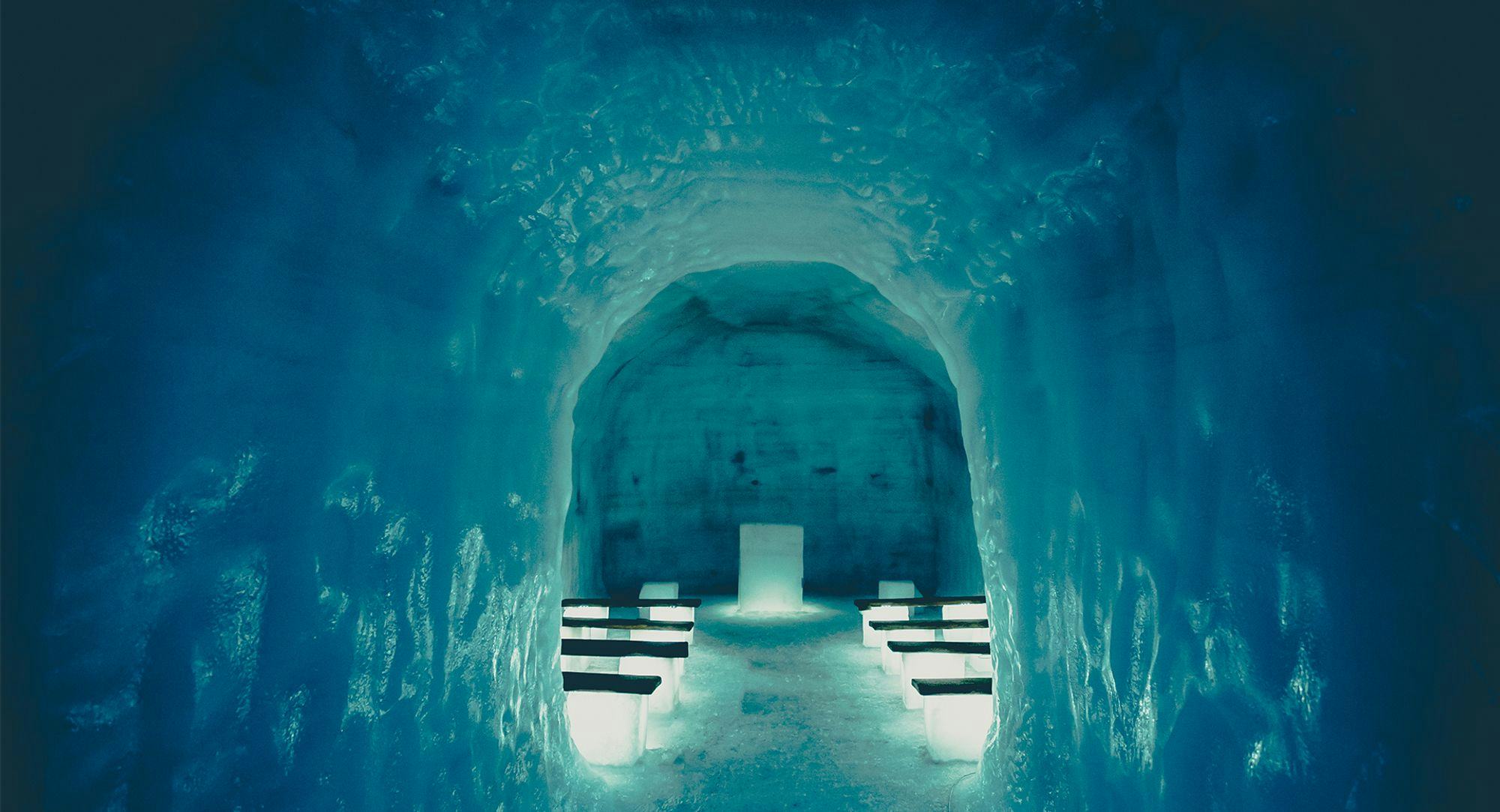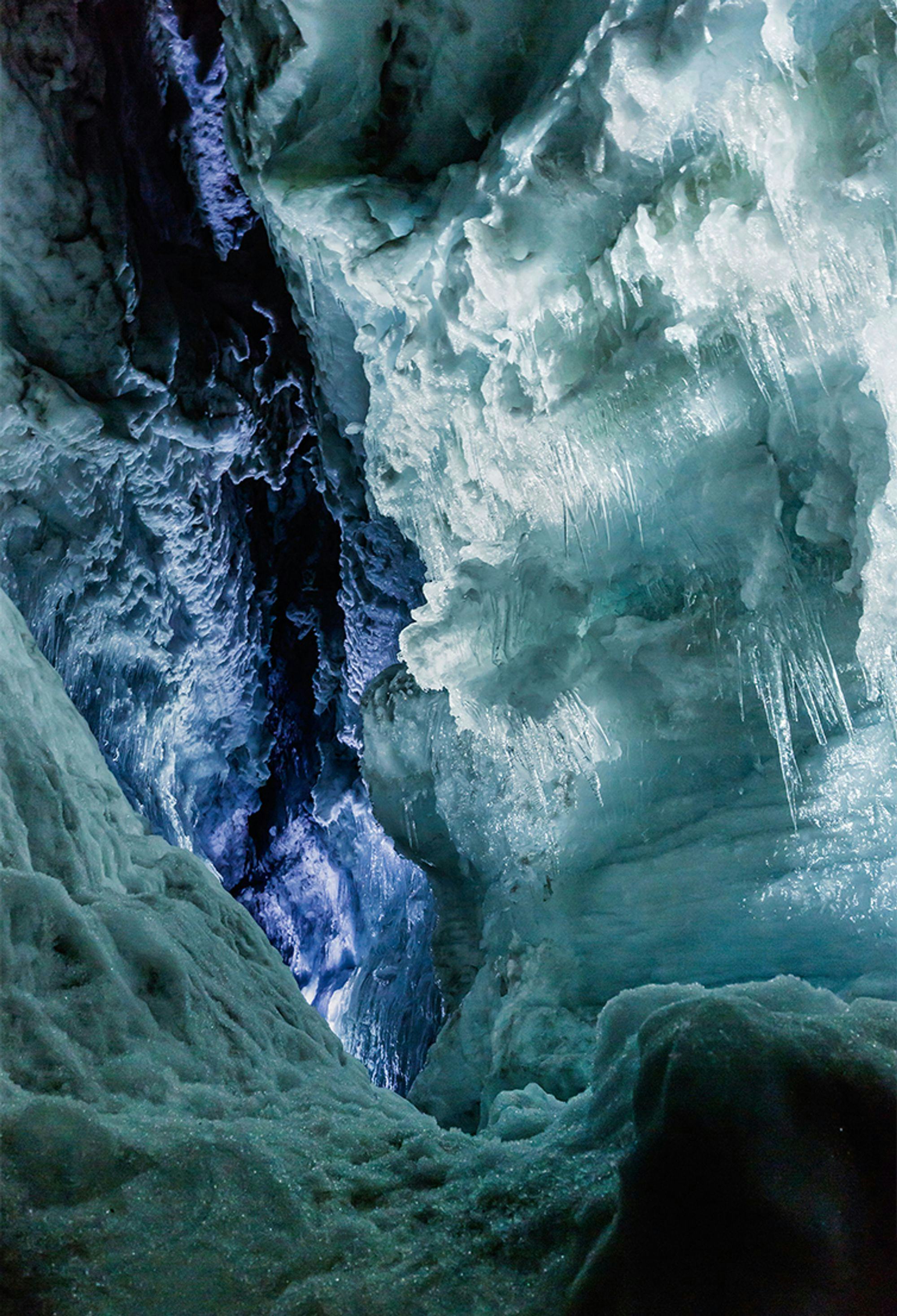
The aim of the project was to develop the concept of a tunnel for tourists into the Icelandic glacier Langjökull, undertake all preparation and design, and manage the projects.
The project's objective
In the summer of 2010, EFLA launched an examination of the possibility of making ice-caves in Langjökull glacier. Over the next three years, EFLA developed the project far enough to allow potential investors to invest in the project without much uncertainty.
EFLA played a diverse role in this unusual project. It was necessary to assess whether such tunnels would be safe, how long they would last and how much such an operation would cost. At the end of 2013, an agreement was reached with the Icelandic Tourism Fund on the acquisition of the project.
The project involved creating a new, safe and desirable tourist destination based on the attraction of Icelandic glaciers. At the time, the need had arisen for the development of new recreation in the tourism sector, which was exactly what this project is.
EFLA was the technical adviser and undertook a variety of other projects until a company was established around the project. A managing director was appointed, the company built up and eventually, the company took over from EFLA.
Award winning lighting design
EFLA's lighting design for the Langjökull glacier ice cave won the prestigious 2016 Darc Awards award as "Best Landscape Lighting Scheme", as well as being voted "Best of the Best." More than 500 projects were nominated in 2016.
The objective of the lighting design was to make the experience in the glacier extraordinary with natural colours, so that the ice mass, ice rings and layers of ash can be revealed in the best possible way. The aim was that no light source would be visible, but the glacier be lit up from behind. This was done, for example, by introducing LED light sources into the ice, and by drilling LED lights into the floor, walls and ceiling. With this method, the ash formation from the recent Eyjafjallajökull glacier volcanic eruption is clearly revealed.
Environmental issues
The project was prepared in close consultation with all licensees, authorities and public bodies, such as: Borgarbyggð, West Iceland Health Inspectorate, Iceland's Environment Agency, Iceland's Planning Agency, Iceland Construction Authority and the National Energy Authority.
The Planning Agency was notified of the construction with a request for a tax assessment. The conclusion was that the implementation would not have to be assessed in terms of environmental impact, although various environmental issues were examined at this stage. Risk of the glacier's and groundwater's contamination during the construction and operation phase was of special concern, but investigation suggested the risk was small.
EFLA's role
As a consultant, EFLA handled everything needed for the project to be realized:
- Planning and licensing. The master plan for the area had to be edited and a site plan for the area had to be done. Several permits were required, such as an operating license, a license and a permit from the Environment Agency.
- The risks involved in the project had to be analysed, during the construction and operation, and respond to them.
- A safety manual was prepared for employees to work for.
- All technical design of the cave, its features, ventilation, dewatering, lighting, power generation and piping.
- Construction control and measurement of movements in the ice.
- Descriptive design and participation in the exhibition design with Árni Páll Jóhannesson.
 1 / 3
1 / 3 2 / 3
2 / 3 3 / 3
3 / 3